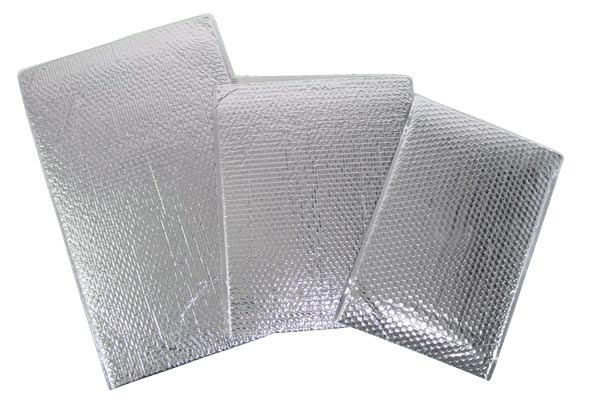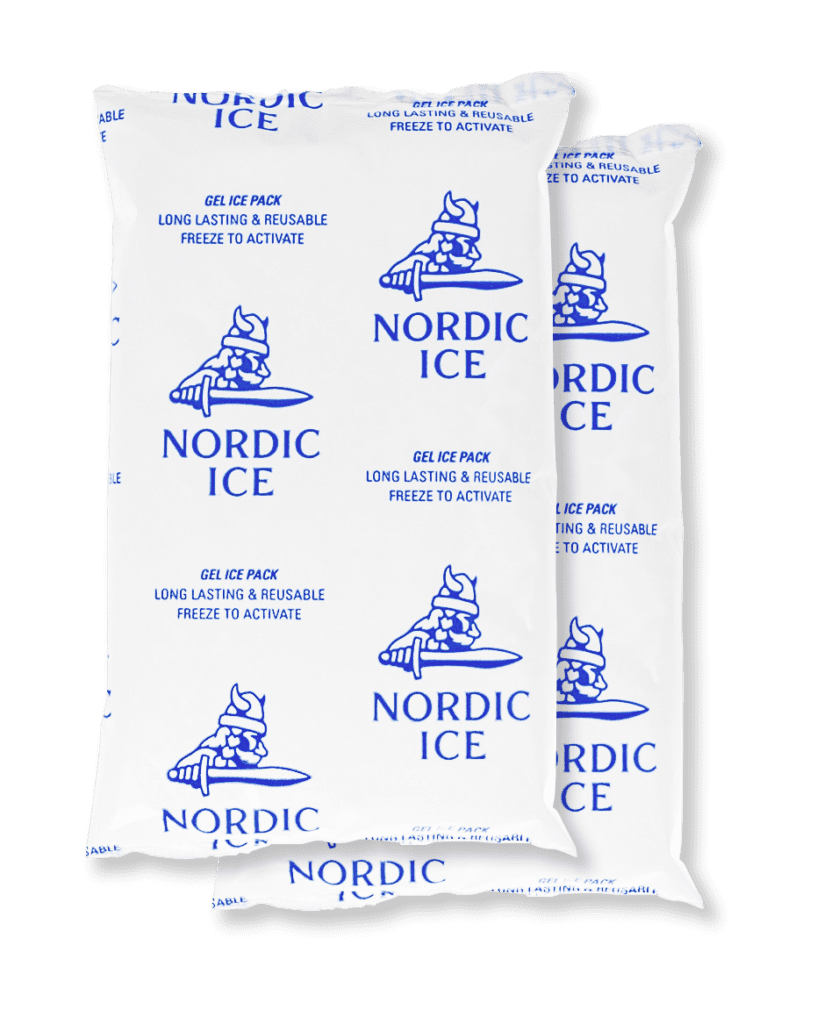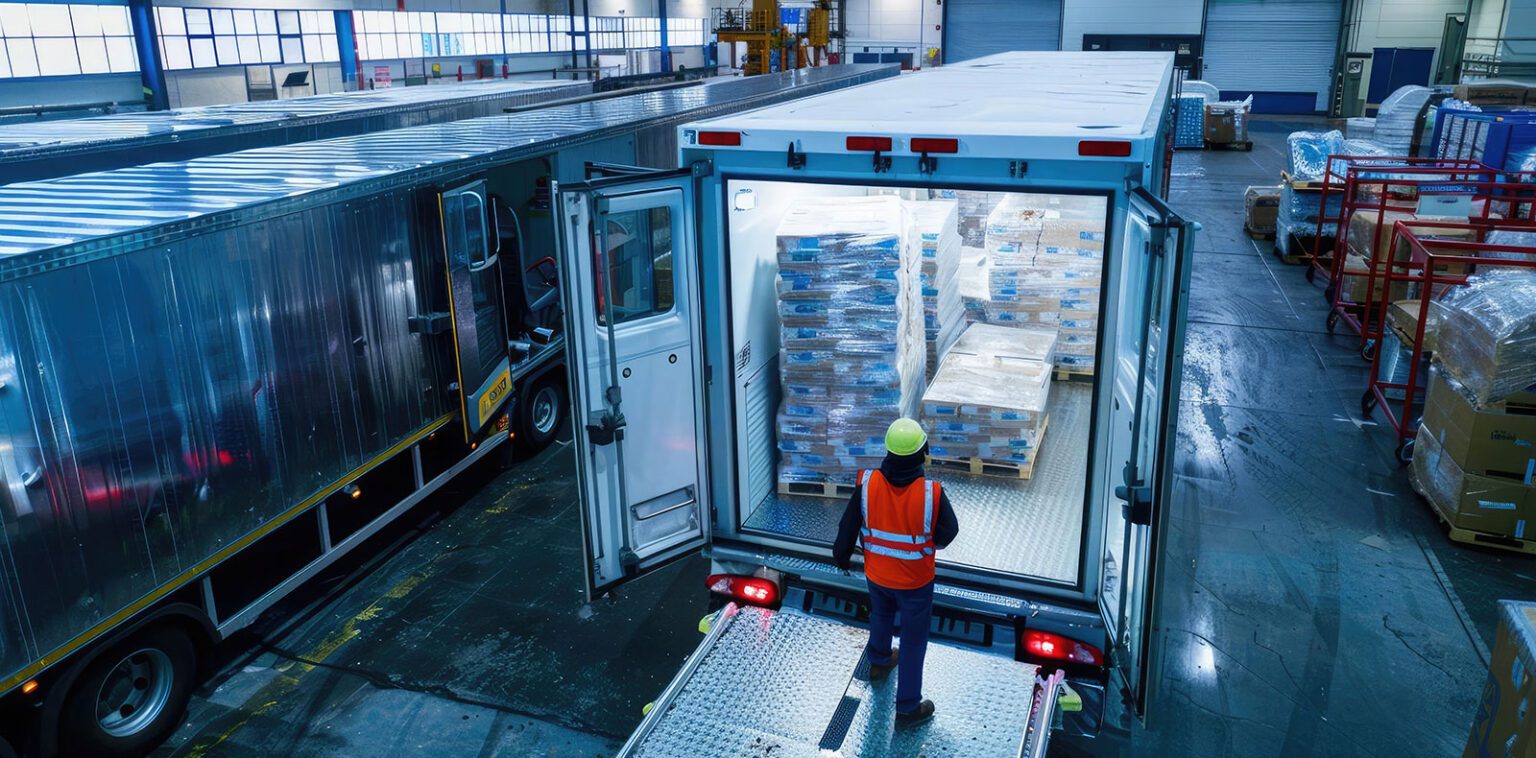Shipping frozen goods requires careful planning and specialized equipment to ensure products reach their destination in optimal condition. Temperature fluctuations during transit can lead to spoilage, loss of quality, and even regulatory violations. To prevent this, businesses rely on insulated shipping mailers to maintain the cold chain and protect frozen goods from temperature changes. These containers are critical in preserving frozen food, pharmaceuticals, and other temperature-sensitive products.
In this article, we will explore how insulated shipping mailers work, the different types available, and the best practices for ensuring the safety of frozen goods during transit.
In this article, we will explore how insulated shipping mailers work, the different types available, and the best practices for ensuring the safety of frozen goods during transit.
How Insulated Shipping Mailers Work
Insulated shipping mailers are engineered to protect frozen goods by maintaining a consistent internal temperature. They are built using materials to minimize heat transfer, ensuring that external temperature fluctuations do not impact the products inside.The insulation materials used in these containers include:
- Foam Insulation: Foam is one of the most commonly used materials for thermal protection. It provides excellent insulation by reducing heat transfer between the interior and exterior of the container.
- Cotton Insulation: Cotton-based insulation from recycled materials provides sustainable thermal protection. It reduces heat transfer effectively while being biodegradable and recyclable, making it an eco-friendly choice for businesses.

- Reflective Insulation: Reflective materials help bounce heat away from the container, further enhancing its ability to maintain a cold internal environment.
Types of Insulated Shipping Mailers
Several types of insulated shipping mailers are designed to meet different shipment needs; here are examples of our offerings:- Reflective Bubble Mailers: These are designed for 1-2 day shipments of temperature-sensitive items like medical samples, food, and perishables. The outer foil layer reflects radiant heat while the bubble interior provides both insulation and cushioning, making them ideal for short-distance, high-urgency shipments.

- Cotton & Expansion Insulated Mailers: Made from biodegradable and recyclable materials, these mailers are perfect for businesses looking for sustainable options. They offer excellent protection for fragile and perishable products over a 1-2 day shipping window. These mailers are suited for shipments at ambient, refrigerated, or frozen temperatures.
Benefits of Using Insulated Shipping Mailers for Frozen Goods
Insulated shipping mailers offer several key benefits that make them essential for businesses shipping frozen goods:- Temperature Control: The primary benefit of insulated containers is their ability to maintain a consistent temperature, ensuring that frozen products stay within their required temperature range. This helps prevent spoilage and loss of quality, especially for long-distance shipments.
- Cost Savings: Insulated containers help businesses save on costs related to damaged products by reducing the risk of spoilage. These containers’ reliable temperature control ensures that frozen goods reach their destination intact, minimizing losses due to temperature fluctuations.
- Regulatory Compliance: Many industries, especially food and pharmaceuticals, are subject to strict regulations regarding shipping temperature-sensitive products. Insulated containers help businesses comply with these regulations by providing a reliable method for maintaining temperature control throughout transit.
Using insulated shipping mailers can significantly improve the overall efficiency of a business’s cold chain operations. By preventing spoilage, improving temperature control, and ensuring regulatory compliance, these containers help businesses protect their products and maintain customer satisfaction.
Best Practices for Packing and Handling Frozen Goods in Insulated Mailers
While insulated mailers provide excellent protection, following proper packing and handling procedures is crucial for maximizing their effectiveness during transit. Here are some best practices to keep in mind:
- Use Adequate Cooling Agents: Cooling agents like gel packs, often used for shorter or less temperature-sensitive shipments, are essential for maintaining low temperatures in combination with insulated containers
- Proper Sealing: Ensure the container is sealed properly to prevent warm air from entering. This will help maintain a stable internal temperature and prevent the cooling agents from depleting too quickly.
- Stacking and Placement: Properly stacking and placing the products inside the container can help maintain even temperature distribution. Avoid overloading the container, which can block airflow and lead to temperature fluctuations.
- Handling with Care: Insulated mailers should be handled carefully to avoid damage to the insulation or cooling agent. Ensure that employees are trained on the correct procedures to ensure the mailers maintain their integrity throughout transit.







